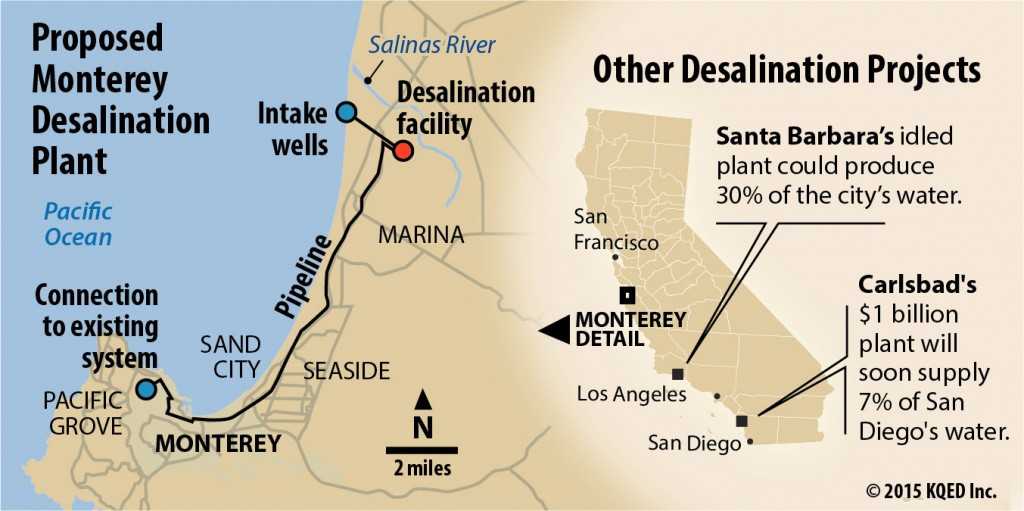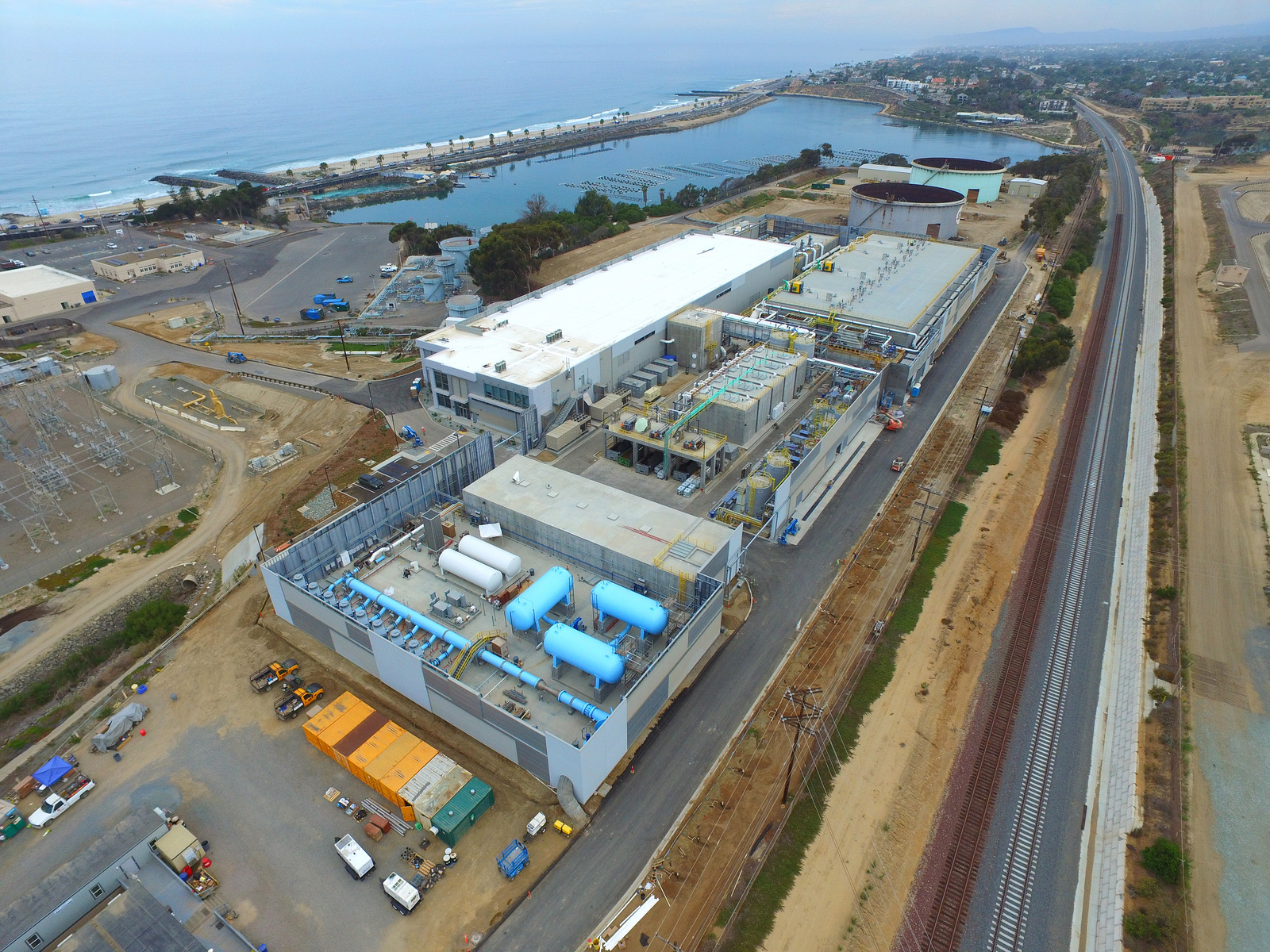Philippines
January 2, 2015

Climate change reveals that even in USA, as featured in National Geo, there is widespread drought. There are farming communities in California that died simply because there is no more water to grow plants with, or drink, and even to wash and bathe.
California Drought
The solution that is seen is desalination since California is a coastal state and near the Pacific Ocean. However, desalination is costly since this both capital and op ex intensive. Operating the plant is costly with the two methods currently employed: thermal and reverse osmosis. (SWRO - Salt Water Reverse Osmosis) The process too uses a lot of energy since salt water is pumped at high pressure 1000 psi through the semi permeable membrane to separate salt from pure water; brine is then pumped back to the sea water, the pure water is stored and then pumped to the waterworks system.
Privately owned desalination $1 billion Carlsbad desalination plant in San Diego CA to ease CA drought? This plant will add $5 to $7 per household in their monthly water bill
From KQED -why desalination plants are not the only answer to CA drought? - The OK process takes too long.
From Al Jazeera - CA turns to ocean to solve drought problem


To overcome the high operating costs,the following have done:
1. Mega desalination plant (MIT hailed this as one of the innovation of 2015. The IDE supplied plant in Israel supplies 20% of Israel water and costs only 58 cents per cubic meter to process (P30/cu meter) A plant of this size would use 100 to 200 mW of power
2. The use of energy recovery system ie to recover energy (probably a Brinka turbine) to generate power from the rushing water coming by way of 1000 psi pressure.
3. Use of better membrane. The membrane which could be more efficient is graphene - the new nano space age material only 1 micron thick. Graphene is selectively permeable only to water, thus it means that it could efficiently remove salt molecules from water.. This
creates a wide range of exciting possibilities. Graphene was discovered in University of Manchester and its discoverer were awarded Nobel prize Aside from that Graphene could have many uses:

From Cleantechnica - Use of Graphene in Desalination
1. power storage (super capacitors)
2. batteries for EV and smart phones
3. thin screens for smart phones
4. new materials for cars,, planes and the like
5. foldable electronic devices
This is something that has to be researched well and soon since this has large impact on:
1. food supply; US and the world are dependent on California for food supply
2. quality of life; life is hard in many drought stricken community in US, no food to drink, to wash self and utensils, to cook
3. energy use.

No comments:
Post a Comment